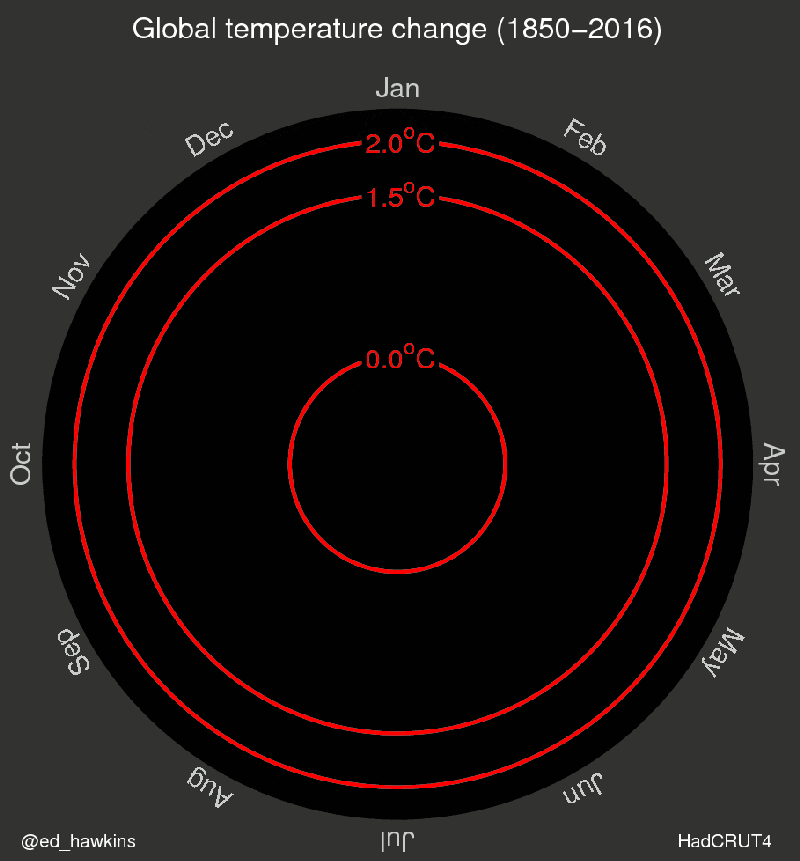The virtual reality tour of market data allows readers to literally ride the Nasdaq stock exchange through 21 years of growth and collapse. The “roller-coaster” conceit paired well with the Nasdaq data as it rose through the dot-com boom of the late 1990s and then busted. The slow recovery over the next 20 years culminated when it surpassed its previous peak, which is when this project was published. The visceral sense of height helps readers understand the precarious nature of the dot-com boom, and the plummet thereafter allows users to experience a sense of fear and uncertainty.
This project uses true 3D to allow users to experience an immersive world populated with this data visualization. users can optionally attach their phone to a Google Cardboard or any other 3D viewing device for a completely immersive experience that tracks your head movements and provides slightly different images to each eye, simulating real 3D. Without an attachment, readers can still move their phones in 3D space to view the 360-degree world. On the desktop, they can click and drag their mouse. Holding your gaze on a button triggers the action, allowing readers to bypass more complicated clicking interfaces.
The project is built using three.js, a relatively new library that allows programmers to render three-dimensional content in the browser. The data visualization itself was powered by D3.js, which was fed into the 3D environment.
Reference: http://graphics.wsj.com/3d-nasdaq/
/cdn0.vox-cdn.com/uploads/chorus_asset/file/6493643/Screen%20Shot%202016-05-16%20at%202.28.42%20PM.png)
/cdn0.vox-cdn.com/uploads/chorus_asset/file/6493647/Screen%20Shot%202016-05-16%20at%203.55.13%20PM.png)
